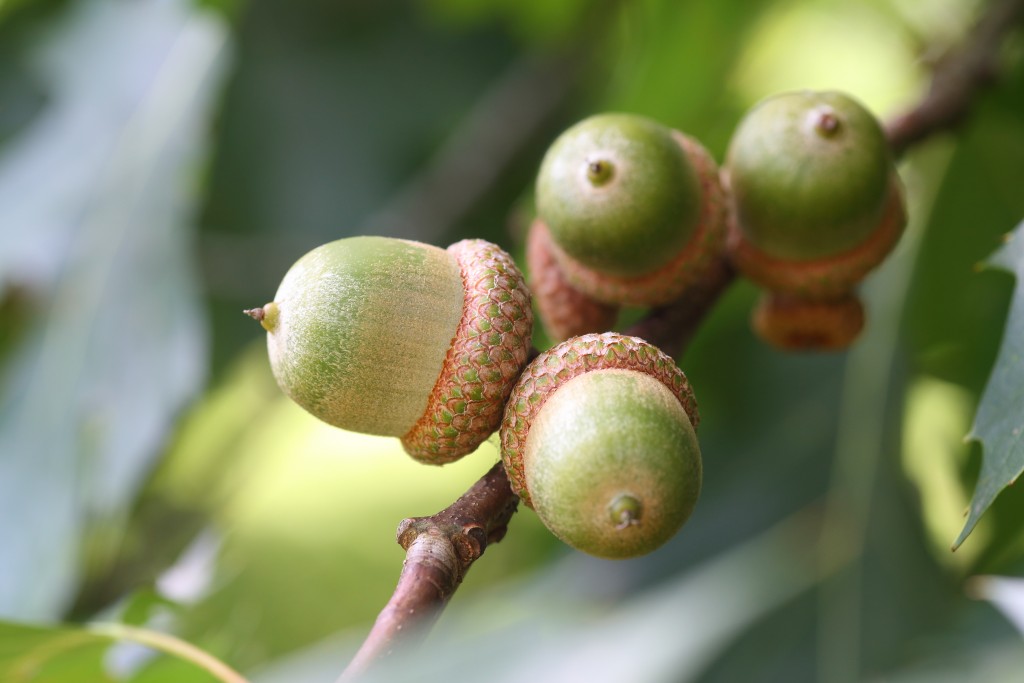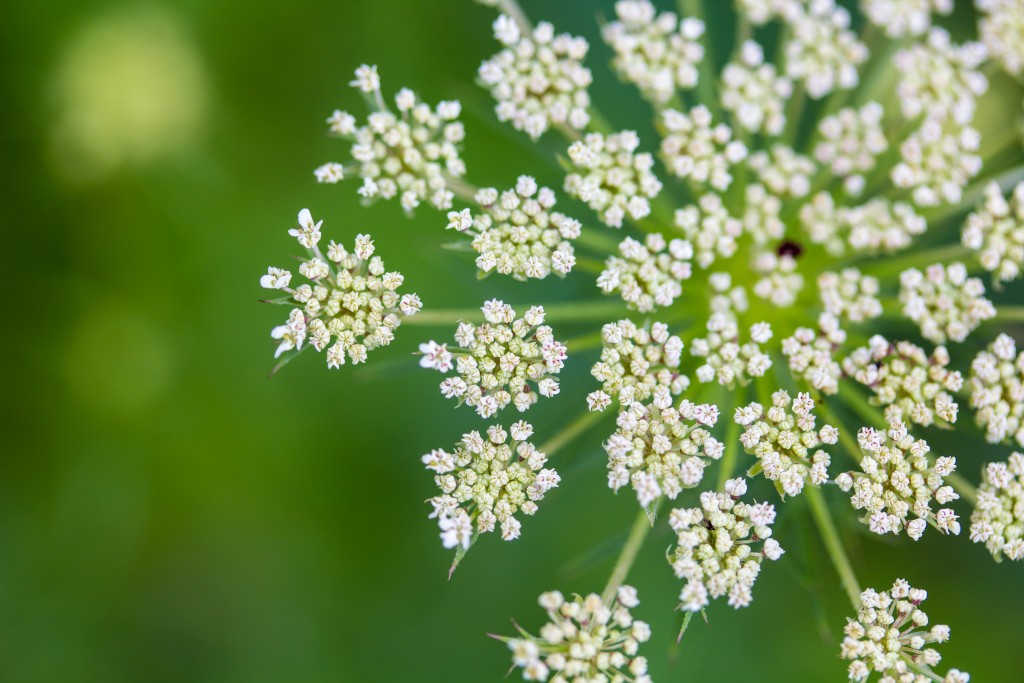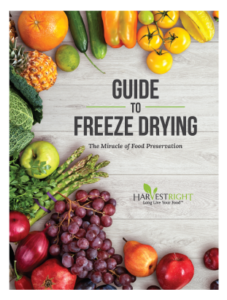Wherever you live, it’s likely that the natural habitat around your home has plenty of wild-growing food just waiting for harvesting. Here are some foods easily forage:
Flowers
Pollen can sometimes detract from the taste of wildflowers, and may even trigger an allergic reaction in some people. Consider removing the pistils and stamens leaving only the petals and introduce them into your diet gradually to avoid exacerbating your allergies.
It’s best to eat flowers you’ve grown yourself so that you know they’re free of pesticides and other chemicals. Some of the flowers you can eat include all varieties of squash, Chamomile, Citrus, Cilantro, Hibiscus, Jasmine, Mint, Rose, Rosemary, and Violets. You can also add them to salads and desserts for color, fragrance, and whimsy.
Nuts and Seeds
In late summer and autumn nuts and seeds to forage include; Beechnut, Hazelnut, Pine Nut, Walnut, Poppies, Sunflower, and even Acorns. Acorns, however, require a good amount of soaking and prepping to remove the tannin, so consult with a local guide or connect with other foragers to learn the tricks of the trade.
Berries and Fruit
Berries and fruit are easy to find because they are usually quite large and colorful. When foraging, be sure always to leave enough for local wildlife. Fruits and berries to harvest include Mulberry, Rosehips, Elderberries, Wild Strawberries, Blackberries, Hawthorn Berries, Crab Apples, Wild Pears, Wild Plums, and many more.
Greens
There are a variety of green leafy plants that taste great fresh in salads or cooked and added to stir fry and stews. Green leafy plants to forage include Lamb’s Quarters, Dandelion Leaves, Plantain, Chicory, Wild lettuce, Clover, Nettles, Woods Sorrel, Sheep Sorrel, Burdock, Arrowroot, and many others.
Roots and bulbs
Wild roots and bulbs include wild carrot and other foods such as wild Onion, Leek, Daylilies, Queen Anne’s Lace, and Potatoes. All of these foods are buried underground and out of sight so you have to know what leaves and flowers look like above ground to find them! Some medicinal roots, like Valerian, are also used to treat mood disorders and help with sleeplessness.
No matter what your taste or climate there are natural, wild foods available for the harvesting. Consider teaming up with other experienced foragers to learn which plants are safe, and which to avoid. Do also invest in a few detailed field guides to help you identify plants out in the wild. Once you know what’s safe and what’s not, you can share that knowledge with others and encourage people to eat from the wild abundance around us.
-James Smith, guest blogger






You left out Mushrooms !
Just a note, Wild Carrot and Queen Anne’s Lace are the same thing. However, I would be careful eating them unless you know 100% sure it is them, as they look very similar to horse chestnut and poison water hemlock, both very bad for you.